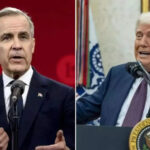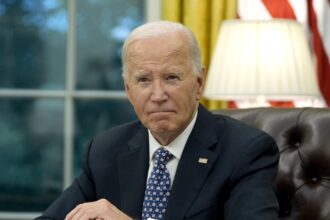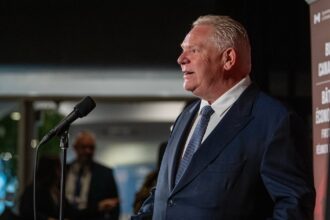In the bustling corridors of Washington’s trade policy establishments, a stark reality is emerging about former President Donald Trump’s ambitious tariff proposals targeting Chinese imports. While campaign promises of 60% tariffs on Chinese goods and across-the-board 10% levies on global imports painted a simple picture of economic nationalism, trade experts and customs officials are quietly acknowledging the monumental enforcement challenges that would accompany such sweeping measures.
“The devil is always in the details with tariff implementation,” explains Dr. Miranda Chen, international trade economist at the University of Toronto. “What we’re looking at isn’t just a matter of announcing percentages—it’s about creating an entirely new enforcement infrastructure capable of tracking billions in global trade flows.”
The practical hurdles begin with basic identification problems. U.S. Customs and Border Protection, already stretched thin monitoring existing trade restrictions, would need to verify the true origin of products in an era where supply chains stretch across multiple countries. Industry insiders note that Chinese manufacturers have become increasingly sophisticated at transshipping goods through third countries to avoid existing tariffs imposed during Trump’s first administration.
“We’ve observed patterns where components manufactured in China are shipped to Vietnam, Malaysia, or Mexico for minimal processing before being labeled as products of those countries,” reveals Robert Hoffman, former deputy assistant U.S. Trade Representative. “Without significant additional resources and technological capabilities, customs officials simply cannot verify the origin of every product entering American ports.”
The proposed tariff regime would require a dramatic expansion of customs enforcement. According to analysis from the Peterson Institute for International Economics, effective implementation would necessitate hiring thousands of additional customs officials and developing advanced tracking systems—at a cost potentially reaching billions annually.
For Canadian businesses deeply integrated with both American and Chinese supply chains, these enforcement challenges create troubling uncertainty. Toronto-based manufacturers who source components from multiple Asian countries express concern about being caught in bureaucratic crossfire.
“We work with suppliers across six different Asian countries, and components often cross borders multiple times during production,” explains Sarah Mendez, operations director at Ontario Electronics Manufacturing. “If U.S. customs officials can’t clearly determine what qualifies as ‘Chinese-made,’ we face the prospect of inconsistent tariff applications and endless customs disputes.”
Beyond implementation challenges looms the broader question of economic impact. Treasury Department career officials have privately calculated that even with perfect enforcement—an unlikely scenario—the tariffs would fall short of generating the $3 trillion in revenue Trump has projected. More realistic estimates place potential revenue between $400-700 billion over a decade, assuming no significant changes in import patterns.
The global implications extend beyond bilateral U.S.-China trade. Economic ministers across Southeast Asia are already developing contingency plans for what they anticipate will be massive market disruptions as companies scramble to reorganize supply chains. European officials, meanwhile, are quietly preparing reciprocal measures should broad-based tariffs impact their exports.
“What we’re witnessing is the potential transformation of global trade architecture,” notes Harvard economist Patricia Summers. “But the question remains whether the administrative apparatus exists to effectively implement such a transformation, or whether we’ll see a patchwork system that creates more uncertainty than revenue.”
As political debates about tariff policies continue, customs officials and trade experts are urging policymakers to confront the practical realities of enforcement. Without addressing these fundamental implementation challenges, even the most ambitious tariff proposals may ultimately deliver more symbolic value than economic impact.
The critical question now facing American voters and global markets alike: Is a dramatic restructuring of global trade worth pursuing if the mechanisms to effectively implement it remain theoretical rather than practical?

























